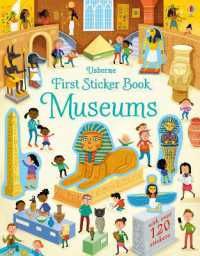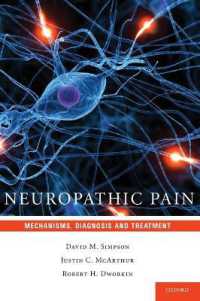基本説明
This the story of the bean, the staple food cultivated by humans for over ten thousand years. From the lentil to the soya bean, every civilization on the planet has cultivated its own species of bean.
Full Description
Winner of The 2008 Jane Grigson Award, issued by the International Association of Culinary Professionals (IACP). Winner of the 2008 Cordon d' Or Culinary Literature - History Culinary Academy Award. This is the story of the bean, the staple food cultivated by humans for over 10,000 years. From the lentil to the soybean, every civilization on the planet has cultivated its own species of bean. The humble bean has always attracted attention - from Pythagoras' notion that the bean hosted a human soul to St. Jerome's indictment against bean-eating in convents (because they "tickle the genitals"), to current research into the deadly toxins contained in the most commonly eaten beans. Over time, the bean has been both scorned as "poor man's meat" and praised as health-giving, even patriotic. Attitudes to this most basic of foodstuffs have always revealed a great deal about a society. Beans: A History takes the reader on a fascinating journey across cuisines and cultures.
Contents
Preface, Acknowledgements and Note on Recipes 1. Introduction 2. Lentils - Fertile Crescent 3. Lupines - Europe and Andes 4. Favas - Europe 5. Peas, Chickpeas and other Peas, Cajanus (congo pea) 6. Oddballs 7. Mung and the Vignas - India 8. Black-eyed Peas - Africa, Soul Food 9. Phaseolus vulgaris - Mexico and the World 10. Limas and the lesser Phaseoli - Andes 11. Tepary beans - Native Americans 12. Soy - China, Japan and the World Bibliography Index








